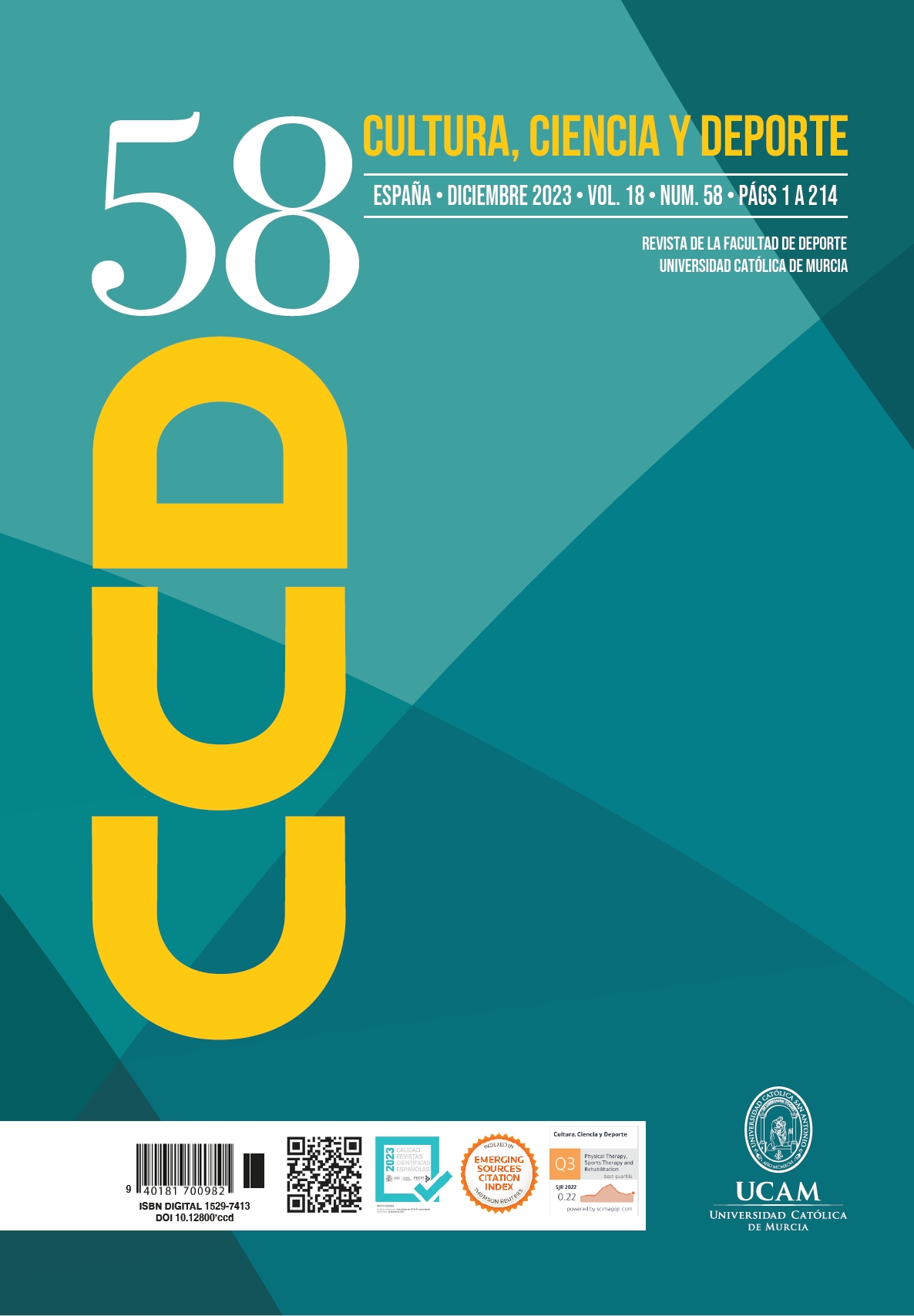The Effect of Lower Limb Balance Ability and Bilateral Asymmetry on Flamenco Footwork
DOI:
https://doi.org/10.12800/ccd.v18i58.2093Abstract
The aim of this study was to investigate the effect of lower limb balance ability and asymmetry on external load during flamenco footwork. Five professional and 5 amateur flamenco dancers completed the flamenco Zap-3 footwork at 160, 180 beats per minute, and at their own the fastest speed possible while wearing triaxial accelerometry at the dominant ankle, non-dominant ankle, 5th lumbar and 7th cervical vertebrae. The external load was calculated in the form of Playerload. The Y-Balance test was used to assess the balance ability, anterior, posteromedial, posterolateral, composite scores and the asymmetry index were calculated. Amateur dancers are more susceptible to the effect of balance ability and better balance ability may produce less external load. Having good bilateral balance symmetry between both limbs is a positive effect among flamenco dancers: it reduces overloads at the cervical level and injury risks and could optimize their percussive tapping technique.
Published
How to Cite
Issue
Section
License
Copyright (c) 2023 Creative Commons Attribution License

This work is licensed under a Creative Commons Attribution-NonCommercial-ShareAlike 4.0 International License.
The authors who publish in this journal agree with the following terms:
- The authors retain the copyright and guarantee the journal the right to be the first publication of the work as well as licensed under a Creative Commons Attribution License that allows others to share the work with recognition of the authorship of the work and the initial publication in this journal.













